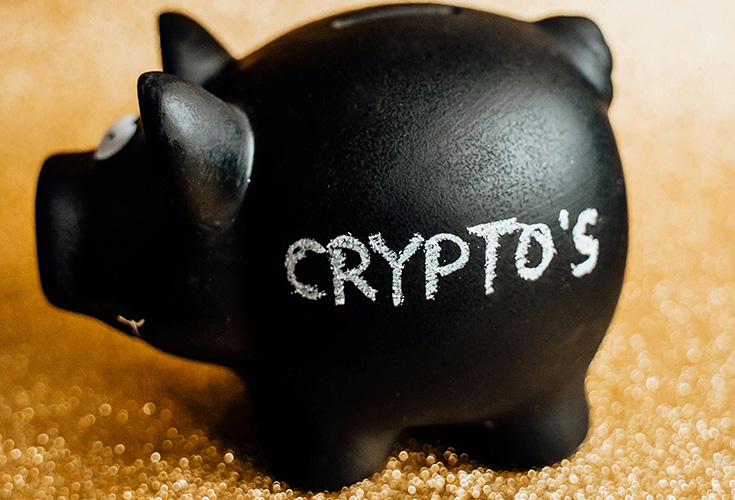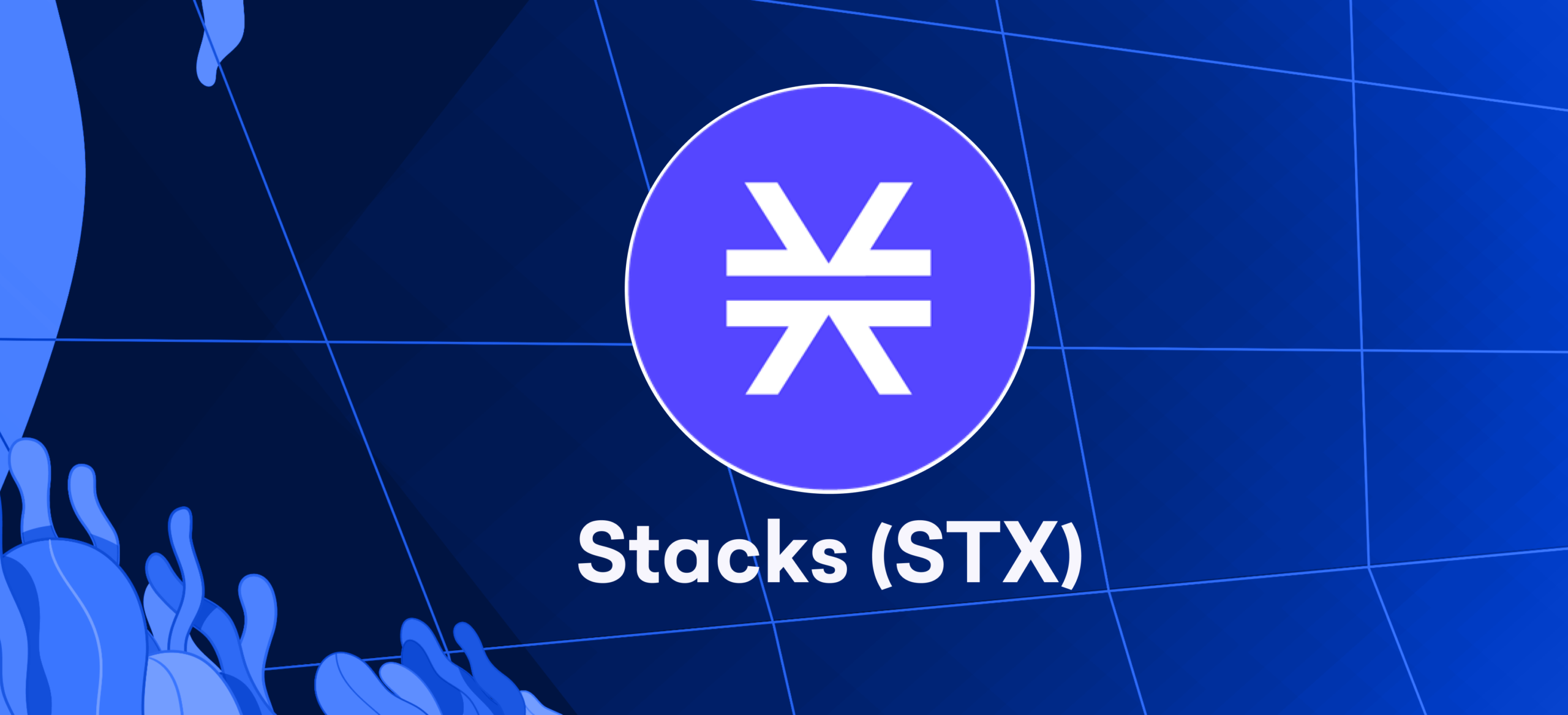
Introduction
Crypto offers traders a plethora of profitable opportunities amidst market fluctuations. By utilizing various trading strategies like futures trading, leverage trading, and long/short positions, the world of crypto unveils numerous possibilities for traders.
Crypto enthusiasts also employ margin trading as a profitable method during market volatility. This practice allows them to earn profits in unpredictable market conditions. This article will provide a comprehensive explanation of margin trading. It explores the significance of this practice, along with its pros and cons. Additionally,
Understanding Crypto Margin Trading
Unlocking the Power of Leverage
Crypto margin trading involves using borrowed funds from a third party to execute transactions with assets. Unlike regular trading accounts, margin trading accounts allow traders to access additional capital and utilize different positions to boost their trading potential. Now, let’s explore the specifics of this unique trading method.
Boosting Trading Potential
Margin trading increases trading outcomes significantly by providing traders with access to more capital. This practice applies to cryptocurrency markets and low-volatility environments such as forex, stocks, and commodities.
The Borrowing Mechanism
Traders in margin trading can borrow funds from crypto exchanges or brokers who provide margins. These borrowed funds are utilized for purchasing cryptocurrencies. When the market value of the cryptocurrency rises, traders have the opportunity to sell it and generate profits. After repaying the borrowed funds and any interest to the exchange, the remaining balance represents their potential profit. Therefore, market trends, especially upward movements, play a vital role in determining profitability in margin trading.
Profiting from Downtrends
Margin traders have the opportunity to take advantage of market downtrends. In such scenarios, they can borrow a cryptocurrency from an exchange when its price drops. Later on, as the price rebounds, traders can sell the asset to make a profit. It is crucial to note that margin traders must always provide collateral before borrowing funds from brokers.
Funding Sources
In traditional financial markets, investment brokers typically provide funds for borrowing. However, in crypto trading, traders themselves often contribute funds alongside exchanges. These traders earn capital through interest based on the market demand for margin funds.
How Crypto Margin Trading Works
In margin trading, traders need to commit a specific percentage of the total value they plan to borrow. This starting point is known as the ‘ margin.’ Margin trading is closely linked to leverage trading because margin accounts are utilized for leveraging. The leverage ratio indicates the proportion of borrowed funds to the margin.
Leveraging for Profit
Traders often simplify their cryptocurrency trading by borrowing funds from their broker. To secure the loan, brokers typically require a small collateral amount. This can be as low as 1% of the position size in a 100:1 leverage ratio. With margin trading, traders have the flexibility to establish short and long positions, potentially earning profits when the market moves favorably.
Fees and Interest
Margin trading involves fees for opening positions and interest that applies to the borrowed coins. Traders must carefully consider these factors as they form an integral part of the margin trading process.
Why is Margin Trading Important?
Margin trading in cryptocurrency offers numerous advantages and opportunities that greatly enhance the trading experience for investors. Let’s explore three key aspects that make margin trading particularly compelling for many individuals.
Access to Exotic Trading Pairs
Firstly, margin trading offers the opportunity to explore exotic trading pairs by combining different cryptocurrencies. Rather than directly exchanging these individual coins, traders can speculate on their relative performance. This approach provides diversification and the potential for profit gains beyond conventional coin-to-coin trading.
Leveraging Multiple Assets
Traders can benefit from margin trading by utilizing various assets as collateral to access leverage. This allows them to use both fiat currencies and cryptocurrencies as margin collateral. Such an approach provides traders with increased flexibility, reducing the risk of hasty selling during market volatility. It’s a strategic maneuver that enhances financial flexibility.
Seizing Arbitrage Opportunities
In margin trading, users have the opportunity to benefit from arbitrage situations. This is especially true when the funding rate on futures pairs shows volatility. Margin traders can control significant amounts of capital, which amplifies profits even with minor price fluctuations. Seizing these arbitrage opportunities adds an enticing dimension to the world of margin trading, making it attractive for savvy traders.
Advantages of Margin Trading
Profitability: Margin trading provides significant earnings in a short period.
Larger holdings, Less cash: By leveraging their investments, traders may construct larger holdings with less money.
Success During Market Fluctuations: Margin trading gives a technique for executing lucrative transactions despite the market experiencing modest volatility.
Reduced Cryptocurrency Storage: Because of the leverage given by margin trading, traders may keep fewer coins on an exchange.
Disadvantages of Margin Trading
High Risk: Margin trading is fraught with peril for traders due to its high risk.
Increased Volatility Sensitivity: Any sudden rise in market volatility increases the risks associated with margin trading.
Potential for Large Losses: While a market boom might result in gains for margin traders, a market fall can result in substantial losses.
Timing Challenges: Margin trading necessitates precision timing, which is seldom predicted or possible.
Exchanges Providing Margin Trading
Following are the businesses that provide leverage for margin trading:
- Binance
- Kraken
- KuCoin
- FTX
- Bybit
- Huobi
How to Margin Trade Crypto
Understanding how to trade crypto with leverage can be overwhelming for inexperienced traders. Let’s simplifies the process of creating a leveraged position in Bitcoin. In this example, we will guide you through the steps of opening a leveraged Bitcoin position on PrimeXBT.
The steps involved in this process are:
1. Registration
2. Funding
3. Trade screen navigation & outline
4. Opening a position
Registration
To start gaining benefits from trading bitcoin, the initial action involves creating an account with PrimeXBT. Begin by visiting the PrimeXBT exchange website and going through the signup process. Once you have confirmed your email address and country of residence, feel free to fund your account.
Funding
To trade on PrimeXBT, one must first ensure their account is funded with sufficient capital to open a position. Throughout PrimeXBT’s onboarding process, users will be prompted to deposit Bitcoin.
Traders on PrimeXBT can fund their accounts using either Bitcoin deposits or credit card purchases. If you support your account via credit card, the process is nearly instantaneous but comes with a higher fee than investing your account via Bitcoin.
Once the account has been funded, the user should locate the “account summary” tab on the sidebar of their PrimeXBT account. From there, they can proceed to fund their trading account.
In this particular scenario, when you need to move Bitcoin from your wallet to your active trading account, the process occurs instantly.
Trading Screen Navigation & Outline
After you’ve funded your trading account, go to the trade window by clicking “Trade” in the top navigation bar. The trading window will be displayed to you. Click “Trade” after selecting the BTC/USD pair at the highest point of the currency pair list. You’ll be shown the order window, where you may create your position.
Opening a position
The order window allows users to define their order preferences. It provides options for selecting the market, limit, stop, or OCO order type and entering the necessary position details. It is important to note that PrimeXBT utilizes 100X leverage.
In this example, a 1 BTC position is opened with a requirement of 0.01002362 BTC. It is recommended to set a stop-loss price at this stage to minimize the risk of liquidation. For those aiming to take a long position, they should place a “buy” order. Conversely, if one wants to take a short part, they must make a “sell” order.
Once you have completed your order, click on the blue “send order” button. In response, PrimeXBT will display a live overview of your order at the bottom of the trading window. Additionally, an account overview at the top of the trade window will outline important details such as your current balance, equity, unrealized PL, used margin, and available margin within your PrimeXBT account.
Cryptocurrency Margin Trading Strategies
Margin trading is often considered a risky investment strategy that heavily relies on short-term market movements. The cryptocurrency market, in particular, exhibits extreme volatility when compared to traditional securities or forex markets.
Consequently, this heightened volatility introduces additional risk factors. One must carefully consider several vital practices and strategies Before engaging in margin trading of Bitcoin or other cryptocurrencies.
Progressively increase trade size.
For individuals new to margin trading, gaining a solid understanding of the practice is advisable. This may be accomplished by beginning with smaller locations and using lower levels.
Try your hand at demo trading.
Paper trading, also known as demo trading, provides new traders a virtual environment to practice their trading skills. Unlike real money, demo trading platforms utilize real market prices. This enables inexperienced traders to implement and refine their strategies without the risk of losing actual capital.
Understand order types
Margin traders often combine order types, such as stop loss and take profit, to minimize risk and create intricate positions. These particular order types effectively establish specific profit or loss targets and automatically close places when the pre-determined thresholds are met.
Divide your position
To minimize risk, traders can divide their positions and spread the tasks into separate portions. This approach enables them to create a ladder of take-profit levels, allowing for incremental profits to be captured.
Pay attention to fees and interest.
Fees and interest should be carefully considered when engaging in margin trading on Bitcoin exchanges. It’s important to note that leverage is not provided for free. When opening a leveraged position, borrowers will incur interest charges on the capital borrowed. Additionally, ongoing fees associated with margin trading Bitcoin and other cryptocurrencies can significantly eat into potential profits.
Set clearly defined goals and minimize risk
Setting clear goals and minimizing risk is vital in margin trading. Following a concrete risk management strategy helps establish a specific profit goal, which is crucial. It is necessary to develop stop-loss levels and adhere to an exit goal.
Pay attention to fundamental and technical factors.
The cryptocurrency market is influenced primarily by technical factors due to the significant number of active traders analyzing market trends. However, fundamental elements can suddenly and profoundly impact crypto prices. Factors such as regulatory changes, major movements in Bitcoin wallets, and significant exchange hacks have the potential to trigger unexpected price shifts.
What are the Risks of Margin Trading?
Unique Risks in Cryptocurrency Margin Trading
Margin trading in the cryptocurrency market presents both enticing opportunities for higher rewards and significant risks. When developing a strategy to manage the risks associated with leveraged crypto trading, it becomes essential to recognize the specific dangers that come with this approach, particularly within the context of the cryptocurrency market. Unlike traditional markets, which enjoy regulatory oversight, this digital realm operates without such supervision.
Unregulated Nature of the Cryptocurrency Market
In contrast to traditional financial markets, cryptocurrency operates with significant independence from regulatory oversight. Within this realm, one can often come across occurrences like short and long squeezes or price manipulation, particularly in Bitcoin margin trading.
Market movers, individuals or institutions with significant capital, can influence market sentiment strategically and initiate sudden price fluctuations. As a result, the influx of long or short positions in the market can create orchestrated conditions that prompt the liquidation of leveraged positions.
Inherent Volatility in the Cryptocurrency Market
The inherent volatility of the cryptocurrency market significantly increases the risk for long-term trades, surpassing that of traditional financial markets. Almost all crypto margin trades involve short-term leveraged positions. Unlike conventional markets, cryptocurrencies experience drastic short-term price fluctuations, demanding constant vigilance when engaging in margin trading with assets like Bitcoin.
The Impact of Higher Leverage
In crypto trading, having higher leverage comes with an equal amount of risk. Traders who open positions with high leverage in the crypto market face a much narrower window for liquidation. Therefore, it is crucial to calculate the specific price movement that would trigger job liquidation before engaging in such trades.
Determining your liquidation risk doesn’t require advanced mathematical expertise, thankfully. There are various crypto leverage calculators available that can assist with this task. However, conducting a quick manual calculation to assess the liquidation price of a position is relatively straightforward.
The computation of the liquidation price movement involves dividing 100 by the leverage amount used in a position. Let’s consider an example: if a trade is leveraged at 50X in the Bitcoin market, even a small drop of 2 percent in price would lead to immediate liquidation. Conversely, a highly risky situation arises with a leveraged position of 100X, as even slight shifts in asset prices can quickly trigger liquidation for parts with such high leverage.
Conclusion
Margin trading has emerged as a lucrative option for earning profits in cryptocurrency. This method involves leveraging borrowed funds to trade crypto at specific positions, which can generate greater potential returns if market trends favor the trader. However, it’s important to note that margin trading comes with risks, particularly when a trader’s market expectations are incorrect. To mitigate these risks, margin traders must diligently research market trends and possibilities before engaging in any trades.








